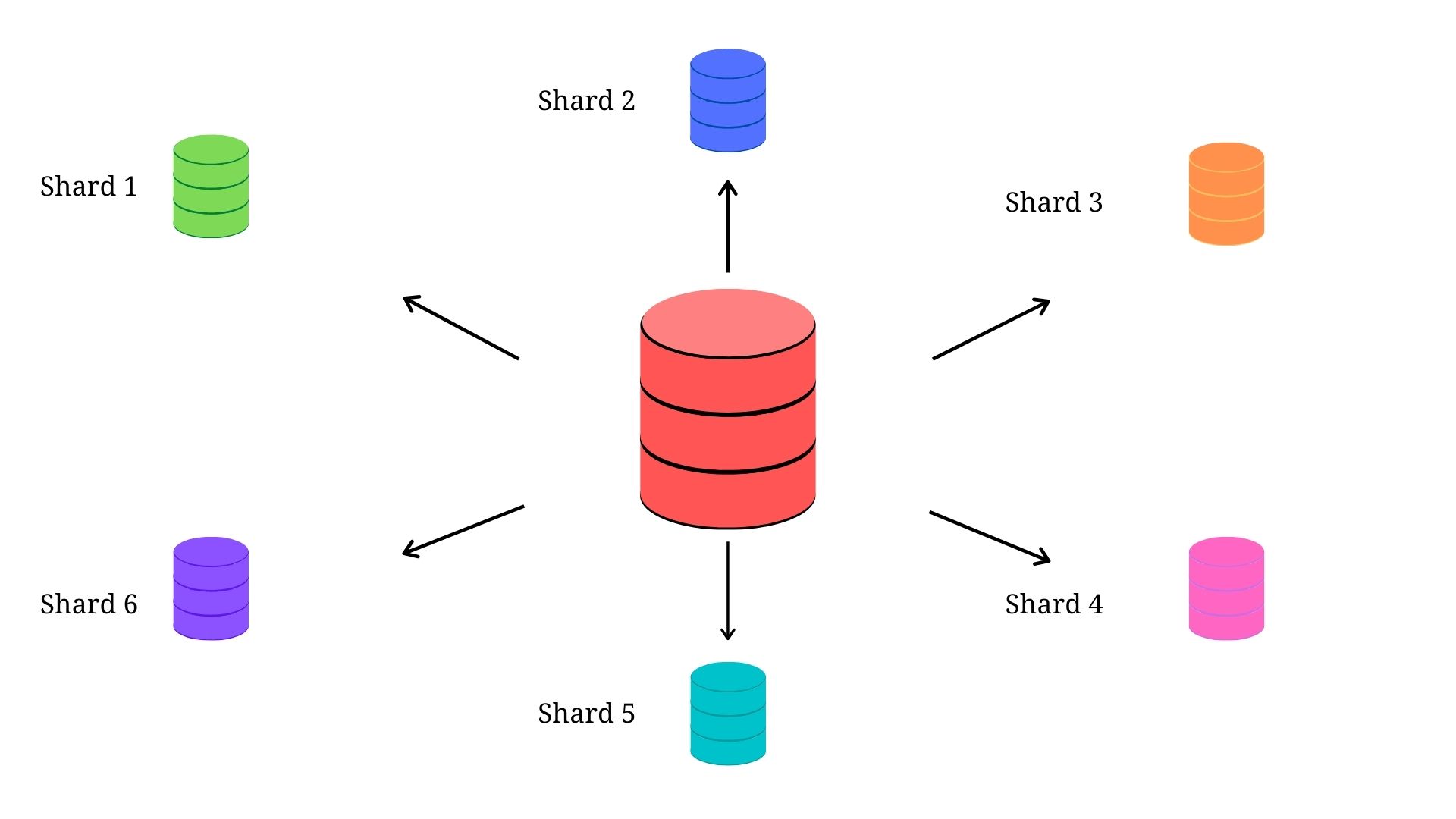
Since the introduction of Bitcoin, which was also the first mainstream application of blockchain technology, there has been a continuous effort to improve the technology’s scalability. Notably, the earliest blockchain networks including Ethereum and a couple of other layer-1 networks faced a major setback that is inherent in the ability to scale hosted projects.
This same scaling concern gave birth to the infamous phrase known as the “blockchain trilemma,” which describes a general belief that a blockchain network must sacrifice one of three main attributes – security, decentralization, and scalability – in order to perform efficiently.
Sponsored
Sadly, scalability has usually been sacrificed for security and decentralization, especially considering these other two attributes are more critical to the core essence of blockchain technology.
Until recently, most layer-1 blockchains were plagued by the blockchain trilemma, necessitating the development of layer-2 blockchains with advanced solutions capable of addressing the scaling issues associated with layer-1 blockchains. But, before we compare layer-1 and layer-2 blockchain scaling solutions, let’s take a closer look at how blockchain scaling works.
Understanding Blockchain Scaling Solutions and Their Importance
To begin with, scaling in blockchain describes a network’s capacity to grow while concurrently accommodating increasing demand. To put it another way, as crypto and blockchain use grows at an exponential rate, the underlying infrastructure must be able to support the expanding number of users and transactions alike.
Usually, a blockchain network’s ability to scale is dependent on the consensus mechanism adopted, i.e. the process by which data such as transactions are verified, validated, and recorded on the blockchain. This process, particularly, requires human effort in solving some complex mathematical equations, which bring about the need for miner/validating nodes on a blockchain network.
Sponsored
However, while the earliest consensus mechanism is more complicated, energy-intensive, and demanding, the new-generation consensus mechanism is more straightforward and requires less computational demands. For instance, Bitcoin and Ethereum networks were initially known for the use of the Proof-of-Work (PoW) consensus mechanism, which suffered the most from the blockchain trilemma.
For context, PoW uses a competitive validation method to confirm and validate transactions as well as add new blocks to the blockchain. This also means that validating nodes would have to compete amongst themselves, while whoever is eventually able to solve a complex mathematic equation accompanied with each transaction, wins the slot to validate and add new blocks to the chains.
As you would imagine, this process is not only time-consuming but also does not enable optimal use of computational resources such as energy and mining computers. In fact, this process contributes significantly to excessive carbon emissions, which have been a concern for blockchain initiatives for several years.
On the contrary, most upgraded layer-1 and layer-2 blockchains are adopting the Proof-of-Stake (PoS) consensus mechanism or its variants. Unlike PoW, PoS uses randomly selected miners or validating nodes to validate transactions or any other data recorded on the blockchain.
By eliminating the need for competition among validating nodes and dramatically reducing processing time, PoS is automatically positioned as a more scalable alternative to PoW.
However, prior to the addition of the PoS consensus mechanism to some layer-1 blockchain updates, a number of layer-2 blockchains developed and attempted to create a scalable bridge between legacy chains and decentralized applications. This discovery gave way to the development of new PoS varieties such as Liquid PoS, Delegated PoS, Pure PoS, and Hybrid PoS, among others.
Blockchain Layer-1 Vs. Layer-2 Scaling Solutions: What Are the Key Differences
To understand the difference between layer-1 and layer-2 blockchain scaling solutions, it is important to keep in mind that the implementation of scaling solutions across L1 and L2 blockchain networks are different.
For instance, Layer -1 scaling solutions are the modifications made to the base of the blockchain network in order to achieve optimal and improved scalability. The Layer-2 scaling solution, on the other hand, involves the use of off-chain services or equivalent tools to improve scalability.
Layer-1 Scaling Solution
So, starting with Layer-1, the changes made to the base network here range from increased blocksize to the addition of a new consensus mechanism that enables scalabilities such as PoS or any of its variants. In addition to the consensus upgrades or improvement, other prominent examples of layer-1 solutions include sharding and modifications in block size.
In regards to consensus improvement, Proof-of-Stake emerged as the first upgrade to Proof-of-Work, despite being the most secured. Notably, PoW is notoriously slow, necessitating the development of a consensus mechanism like PoS with increased processing speed, which also happens to be the most preferred choice for newer blockchain networks.
Nonetheless, there are several consensus algorithms rolled out as variants of PoS that are more efficient than PoW and PoS combined together. Some prominent examples as mentioned earlier include Liquid PoS, Delegated PoS, Pure PoS, and Hybrid PoS, to mention a few.
On the other hand, what is sharding? Sharding in blockchain just as the word implies refers to a type of database partitioning whereby a large database is separated into smaller parts such that they are faster and easier to manage. When a database is partitioned, the smaller units are referred to as data shards or just ‘shards.’
The purpose of this on the blockchain network is to distribute data access across multiple validating nodes in addition to boosting the speed of data recording and storage. Knowing that this explanation may not cut it for some readers, let’s explain using visual depiction.

As seen in the above illustration, the cylindrical data block in the center represents the original state of a blockchain network before sharding. Typically, validating nodes record all data on a single block, which usually results in data clogs or slow processing time.
However, sharding enables the spread of processing power among several validating nodes instead of continually adding it to a single blockchain. This process ultimately reduces the amount of computing power required from each node to ramp up and sustain the operation.
Layer-2 Scaling Solution
Unlike L1, the Layer-2 scaling solution shares the transaction ordering and processing workload with the off-chain facility to improve scalability. To do this, this scaling solution adopts or utilizes dependent infrastructures such as nested blockchains, sidechains, and state channels.
Although sharding is in a way similar in nature to the three L2 scaling solutions mentioned above, the former operation takes place within a blockchain network, while the latter’s operation is executed within a web of secondary chains.
Essentially, nested blockchains, sidechains, and state channel aims to address the same issue, and even have an identical infrastructure, considering they all operate at the secondary chain level, however, their mode of operation is individually unique.
In other words, these L2 scaling solutions shift a portion of a blockchain protocol’s transaction burden to an adjacent network architecture, which then handles the brunt of the processing operation and subsequently gives feedback to the underpinned blockchain. So how are they individually unique?
Nested Blockchain
This particular scaling solution relies on a web of secondary chains that sit within or atop the main blockchain. Usually, the nested blockchain architecture requires a mainchain to set the parameter of operation for a broader chain network.
As such, execution of these parameters takes place within the interconnected web of secondary chains, which relay back to the main chain using a parent-child connection. Likewise, the parent chain delegates work across the web of the secondary chain, which then processes the transaction and subsequently returns to the mainchain for validation.
Ultimately, this distribution model enhances scalability, especially by reducing the processing burden from the mainchain. A prominent example of nested blockchain is the OMG Plasma project, which operates atop the Ethereum network.
State Channel
Essentially, this scaling solution refers to the process in which users transact with one another directly outside of the blockchain, or “off-chain,” with the hope of minimizing their use of “on-chain” operation.
In other words, a state channel facilitates two-way communication between a blockchain and off-chain transactional channels, thereby improving overall transaction capacity and speed. However, unlike nested blockchain, state channels do not require validation from the mainchain.
On the contrary, being a network-adjacent resource, the state channel uses a multi-signature or smart contract in place of validating nodes. As such, there is less human input, which ultimately results in a much faster processing time. Albeit, all completed transactions on the state channel are subsequently passed on and recorded on the underlying mainchain.
Sidechains
This third scaling solution is similar to the state channel as it also operates a blockchain-adjacent transactional model. However, unlike state channels, Sidechains are usually used for bulk or a large batch of transactions. Also, it makes use of its own independent consensus algorithm that is separate from that which is used by the mainchain.
Notably, by implementing its own consensus algorithm, the sidechain takes responsibility for the entire chain operation from processing transactions to validation and storage, albeit, relies on the mainchain for security. Besides, the primary role of a mainchain in this context is to maintain security, confirm batched transaction records, and resolve disputes.
Furthermore, while sidechain exhibits a lot of similarities with state channels, they are also different in a number of integral ways, one of which include transaction privacy. For instance, sidechain transactions aren’t private between participants as in the case of state channels; instead, they are publicly recorded in the ledger.
In addition, sidechain security breaches do not impact the mainchain or other sidechains since they run on their own unique consensus algorithm. On the contrary, the reverse is the case for the state channel, at least partly.
Ultimately, while Layer-1 and Layer-2 blockchains are evidently different from one another, the comparison shows that they are equally focused on resolving the blockchain trilemma i.e. they are both out to improve scalability issues on the blockchain.
